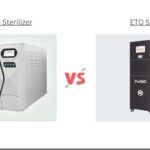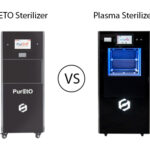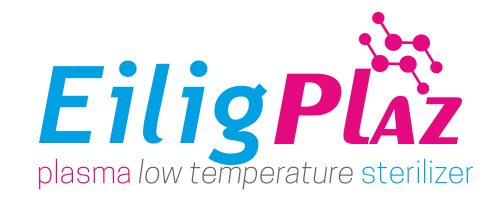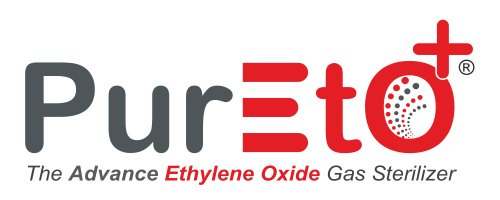Physical and Chemical Method of Sterilization
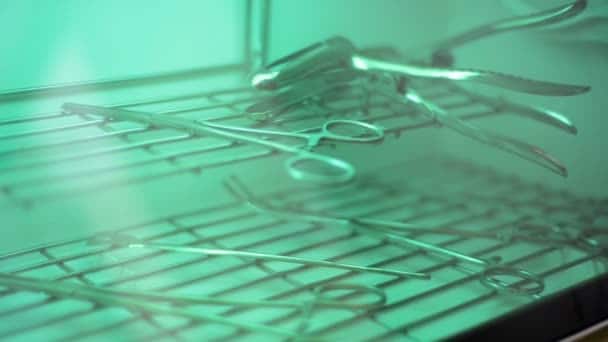
Sterilization is an amazing technique that ensures no medical and surgical instruments transmit bacterial infections to patients. Whether it is a virus, bacteria, microorganism or bacterial spores, sterilization techniques are applied to destroy all sorts of bacteria permanently. The basic techniques of sterilization are listed below.
1. Physical Method
(a) Thermal (Heat) methods
(b) Radiation method
(c) Filtration method
2. Chemical Method
Physical Method
WET HEAT
Wet heat method is the autoclaving process, which is the most efficient method of sterilization techniques. It is employed in micro labs for the prevention of disease-causing bacteria. Whether it is spores, virus, bacteria or microorganism, Autoclaving method is an ideal option, which is why it is the user-friendly sterilization techniques. In this process, pressurized steam is applied to the substance that is to be sterilized.
This is an effective process of sterilization for killing bacteria, virus, spores, microorganism etc. It exposes a high temperature to kill some specific bacteria. It applies intense heat in the presence of water to stimulate hydrolysis & coagulation of cellular proteins. The higher concentration of latent heat in the pressurized steam enables the autoclave to kill bacteria instantly.
DRY HEAT (Flaming, baking)
From the name itself, you can be very clear that the dry heat process requires no water, which is why hydrolysis won’t take place here. Flaming and baking are the best examples of dry heat techniques. The dry heat techniques are used to kill microbes by oxidation of cellular compounds. The substance is exposed to a higher temperature as it requires more energy and effort than protein hydrolysis. When autoclave device is used, sterilization can be achieved in just 15 minutes while dry heating requires sterilizing the substance up to 160 degrees Celsius. It is the most reliable method of sterilization that is widely employed in sterilization techniques. Since it is the easiest way, the micro lab doesn’t need an expert to perform this heating method of sterilization. Dry heat and moist heat are the two types of heat techniques.
Dry heat methods are as follows:
Red Heat
The red heat technique is used to sterilize materials like metal wires, forceps tips, bacteriological loops by heating them in the Bunsen flame until they get red hot.
- Flaming - Bunsen flame is applied over the substance but it should not be heated to its redness.
- Incineration- In this process, the incinerator is used to burn the bacteria.
- Hot Air Oven - Here, the substance is exposed to very high temperature, say 160-degree Celsius for an hour. It requires an hour to sterilize things.
- Moist Heat - Moist heat involves the application of intense heat on the substance to kill a virus. It stimulates the process of coagulation and denaturation of proteins.
Filtration
Filtration is the easiest way to remove any microbes present in the fluids. When the fluid passes through the filter, bacteria and microorganisms are trapped in the filter. However, it takes more time to clean the liquid. There are different types of filters are available for the filtration method. The most commonly used filters are candle filters, sintered glass filters, Seitz filters, membrane filters etc.
- Membrane Filter - The membrane filters are made of cellulose material. The membrane should be placed between needle and syringe while sterilizing the substance. This filter is effectively used in the sterilization of gas, solvent, and fluids.
- Seitz filters - The Seitz filters are made of asbestos material thus it has thick structure and strong enough to filter the solution. When solution passes through the Seitz filter, filter pad absorbs it and leaving the bacteria and residues on the top of the filter.
- Sintered glass filters - since the sintered glass filters are made of glass, it doesn’t absorb liquids during filtration. The main drawback of practicing this method is that the filter is very soft and brittle and tend to break easily.
- Candle filters - This modern mechanical filter is made of diatomous mud. It has minute pores that have the tendency to absorb microbes. When the fluid passes through the filters, microbes get stuck in the pores of candle filters.
Radiation Method
Radiation method involves the application of radiation on the substance.
- Non-Ionizing Rays - since non-ionizing rays are of low energy and have poor penetration power. The wavelength of ultraviolet rays lies between 260nm and 280nm. They are exposed on the substance to remove bacteria and microorganism.
- Ionizing Rays - Unlike Non-Ionizing rays, ionizing radiations come with good penetration power, thus it can be used to remove bacterial spores.
Sonic and Ultrasonic Vibrations
Ultrasonic waves are sound waves of a high frequency that is inaudible to the human ear. Hence, it can be used to kills virus and bacteria. The same way, sonic vibrations are used.
Electromagnetic Radiation
In this process, the cathode material is used for accelerating high-speed electrons. The electromagnetic rays are produced to kills all forms of the virus, bacteria, fungi, bacterial spores etc. This type of killing bacteria by exposing radiation is called cold sterilization.
Chemical Methods of Sterilization
Chemicals are the down-to-earth substance in the microbiology laboratory. Despite the effects of some chemicals are dangerous, they are really great for killing numerous invisible microbes. Chemical methods are easy and economic-friendly; thus, it has become popular. Chemicals can act as disinfectants to destroy pathogenic bacteria from the upper surface.
- Liquid - chemical method of sterilization involves the application of liquid to destroy the microbes permanently.
- Alcohols - usually, 70% of alcohols are used as a chemical to kill bacteria. Methyl alcohol, isopropyl alcohol, and ethyl alcohol are some important chemicals used in this method.
- Aldehydes - About 40% formaldehyde solution is used as surface disinfection. Formaldehyde and Glutaraldehyde are some of the best aldehydes used in this process. Similarly, 50% phenol can be used.
- Halogens - chlorination can impact the bacteria directly. The blend of iodine compounds and chlorine compounds can act as an antiseptic. Chlorine compounds are hydrochloride, chlorine bleach and iodine compounds are tincture, iodine, and iodophors.
- Heavy Metals - Not just chemicals, some heavy metals can be effectively used in the sterilization process. Heavy metals such as copper sulfate, mercuric salts, silver nitrate, mercuric chloride are used in the sterilization method. Similarly, dyes like aminacrine, acriflavine, acridine dyes are used to interact with bacterial nucleic acids.
- Gaseous - Gas such as formaldehyde and ethylene oxide are effective in killing bacterial spores.
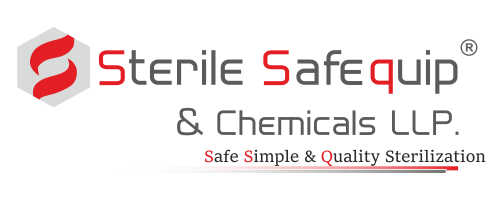

 Previous Post
Previous Post Next Post
Next Post